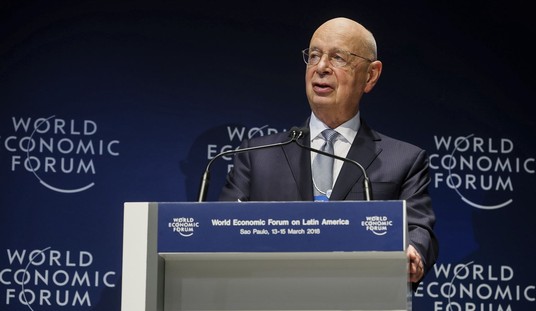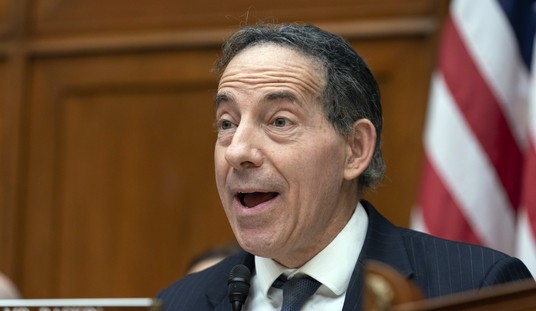A new Gallup poll finds the American public’s trust in the media in has fallen to its lowest point in Gallup’s polling history. Only 32 percent of the respondents have “a great deal” or “a fair amount” of trust in the mass media. That’s an 8 percent drop compared to 2015.
The loss of trust in the media cut across the usual partisan divides, but was most pronounced among Republicans, whose confidence in the media dropped from 32 percent in 2015 to 14 percent in 2016:
Democrats’ and independents’ trust in the media has declined only marginally, with 51% of Democrats (compared with 55% last year) and 30% of independents (versus 33% last year) expressing trust.
Older Americans are more trusting of the media than younger Americans, but trust has declined among both age groups this year — 26 percent of those aged 18 to 49 (down from 36% last year) and 38% of those aged 50 and older (down from 45%) have a great deal or fair amount of trust in the media.
According to Gallup, before 2004 a majority of Americans usually admitted to at least some trust in the mass media. Since then, less than half of Americans feel that way. And now, only about a third of the U.S. has any trust in the institution which claims its purpose is to inform the public. Gallup blames new media:
With the explosion of the mass media in recent years, especially the prevalence of blogs, vlogs and social media, perhaps Americans decry lower standards for journalism. When opinion-driven writing becomes something like the norm, Americans may be wary of placing trust on the work of media institutions that have less rigorous reporting criteria than in the past. On the other hand, as blogs and social media “mature,” they may improve in the American public’s eyes. This could, in turn, elevate Americans’ trust and confidence in the mass media as a whole.
Gallup should consider that the loss of trust and confidence in mass media could be the result of the members of the legacy media clearly preferring a president Hillary.
The new poll was conducted Sept. 7-11, 2016 and has a margin of error of ±4 percent.













Join the conversation as a VIP Member